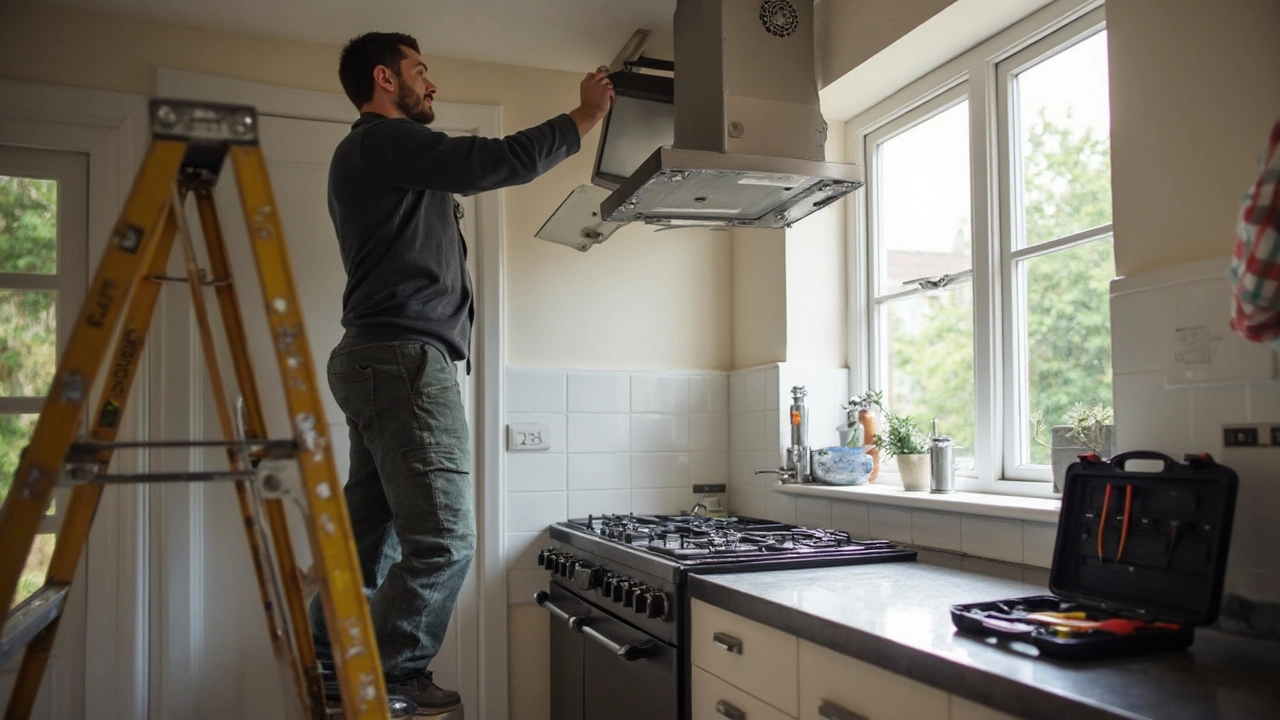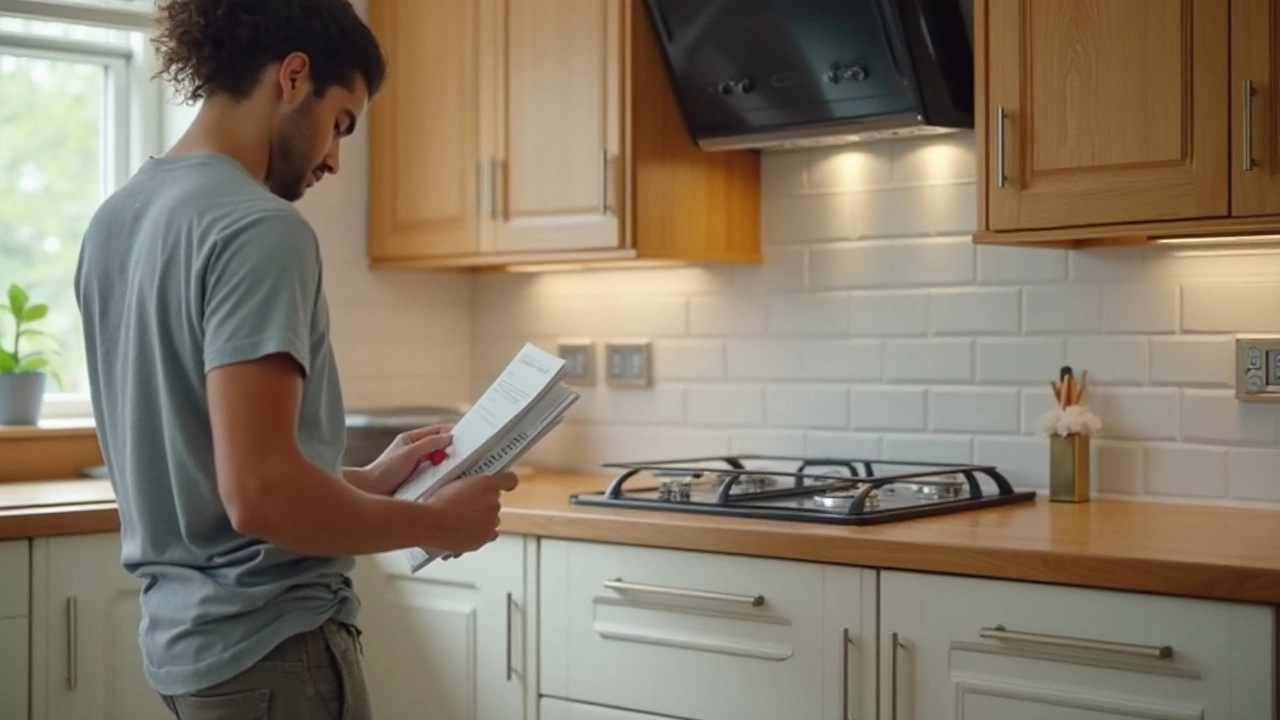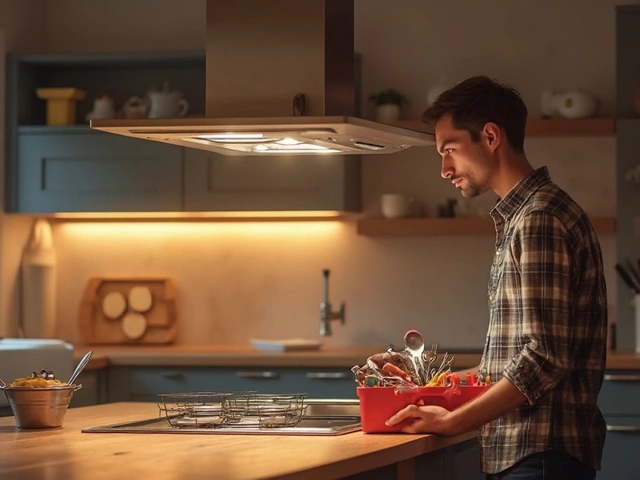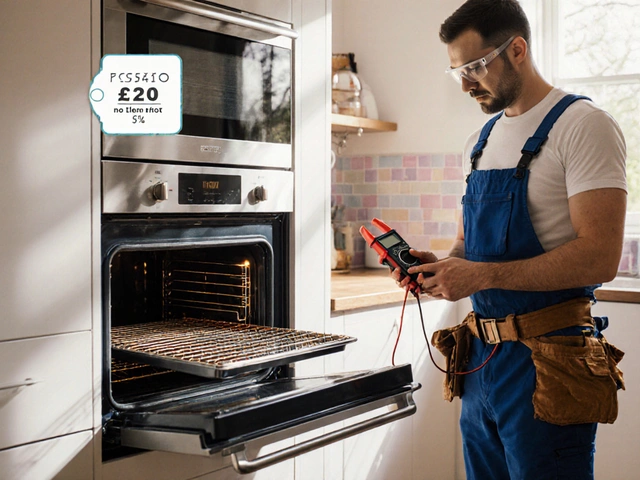Can Kitchen Extractor Fans Be Repaired Effectively?
February 27 2025DIY Extractor Fan Guide: Install, Fix & Maintain Your Kitchen Fan
Got a kitchen that steams up faster than you can cook? A good extractor fan can keep the air fresh, but buying a new one every few years gets pricey. The good news? You can install, clean and even repair most fans yourself with a few tools and a bit of know‑how.
How to Install a Kitchen Extractor Fan
First, turn off the electricity at the breaker – safety comes first. Measure the cut‑out size in your cupboard or wall and compare it to the fan’s dimensions. Most fans come with a mounting bracket; line it up, drill pilot holes, and secure it with screws.
Next, run the electrical cable. If the fan is hard‑wired, strip the wires, connect live, neutral and earth to the matching colors in the junction box, and tighten the terminals. For a plug‑in model, simply route the cable to a nearby socket and use a cable clip to keep it tidy.
Finally, attach the ducting. Use a short, rigid pipe for the shortest route to the outside vent, and seal any gaps with foil tape. A tight seal prevents back‑drafts and keeps the fan efficient. Switch the power back on and test the fan – you should hear a steady hum and feel air moving out.
Keeping Your Fan Running Smoothly
Filters are the most common weak spot. Grease builds up quickly, reducing airflow and making the motor work harder. Clean metal or charcoal filters every 2‑3 months by soaking them in warm soapy water, then rinsing and drying before reinstalling.
If the fan sputters or stops, check the motor for debris. Unplug the unit, remove the fan cover, and gently brush away dust from the blades and motor housing. A quick spin test will tell you if the bearings are still smooth.
Sometimes the fan won’t turn on at all. Besides the obvious power issue, look for a tripped circuit breaker or a loose wire connection. If the wiring looks secure, the motor may have burnt out – in that case, replacing the motor is often cheaper than buying a whole new fan.
When you’ve tried cleaning, tightened connections, and the fan still misbehaves, it’s time to call a professional. A certified gas engineer can safely check the electrical work, especially if the fan is part of a larger ventilation system linked to a boiler or heating unit.
By following these steps, you’ll extend your fan’s life, save money, and keep your kitchen smelling fresh. A little DIY effort goes a long way – and you’ll know exactly what’s happening every time you hear that familiar whir.
 18 Dec
18 Dec
Are Bathroom Extractor Fans Easy to Replace? A Practical Guide for Homeowners
Replacing a bathroom extractor fan is a simple DIY task that prevents mould and saves energy. Learn how to choose the right fan, safely replace it, and avoid common mistakes in New Zealand homes.
Read More... 4 Jun
4 Jun
Extractor Fan Replacement: How Hard Is It Really?
Thinking about swapping out your extractor fan but worried it might be too complex? This article breaks down what to expect when replacing an extractor fan, whether it’s in the bathroom or kitchen. We’ll go over the tools you’ll need, the steps involved, and some real-life tips to make things easier. If you’re thinking of saving a few bucks by tackling it yourself, you’ll get a clear picture of what’s involved. By the end, you’ll know if you’re up for the job or if calling in a pro makes more sense.
Read More... 12 Jan
12 Jan
DIY Guide to Installing Your Own Extractor Fan
Installing an extractor fan by yourself can be a fairly straightforward process with the right tools and guidance. This article provides practical advice and tips for installing an extractor fan in your home. From understanding the different types and the tools you'll need, to a detailed step-by-step guide, these instructions will help ensure proper ventilation in your bathroom or kitchen. Learn key safety considerations, and discover common issues that might arise and how to fix them.
Read More...



